Rubies are among the world’s most precious gemstones, along with diamonds, emeralds, and sapphires. Like all valuable gemstones, some varieties of rubies are more valuable than others. Since color is the most important of the 4 Cs (Color, Cut, Clarity, and Carat) for rubies, it follows that stones with a vivid crimson hue are deemed the most desirable. The deepest and most sought-after shade of red is known as "Pigeon Blood Ruby." Thus, Pigeon Blood Rubies are those that exhibit this highly coveted color.
The allure of Pigeon Blood Ruby lies not only in their striking hue but also in their rarity. These exceptional stones are primarily sourced from Myanmar, where the ideal conditions for their formation exist. Collectors and gem enthusiasts highly prize Pigeon Blood Rubies for their rich, saturated color and the brilliance they display under light. As demand continues to rise, the value of these rubies has surged, making them a coveted addition to any jewelry collection.

LEIBISH Natural Pigeon Blood Ruby Earrings and Ring
Primary and Secondary Colors
As mentioned earlier, color is the most important factor in regards to rubies. However, “color” has multiple parts including hue, saturation, and tone. The hue refers to the actual color as we know it. With rubies, it is pretty simple since only stones with a primary red color are considered rubies. Other colors are known as sapphires.
A ruby that is not deemed red enough is actually considered a pink sapphire and not a ruby. A ruby can contain secondary colors, including orange, purple, violet, and pink. While prominently red stones are preferred, they are also hard to come by. That is why Pigeon Blood Rubies are considered so valuable. However, those with some secondary colors, such as purple, can be worth quite a bit as well.
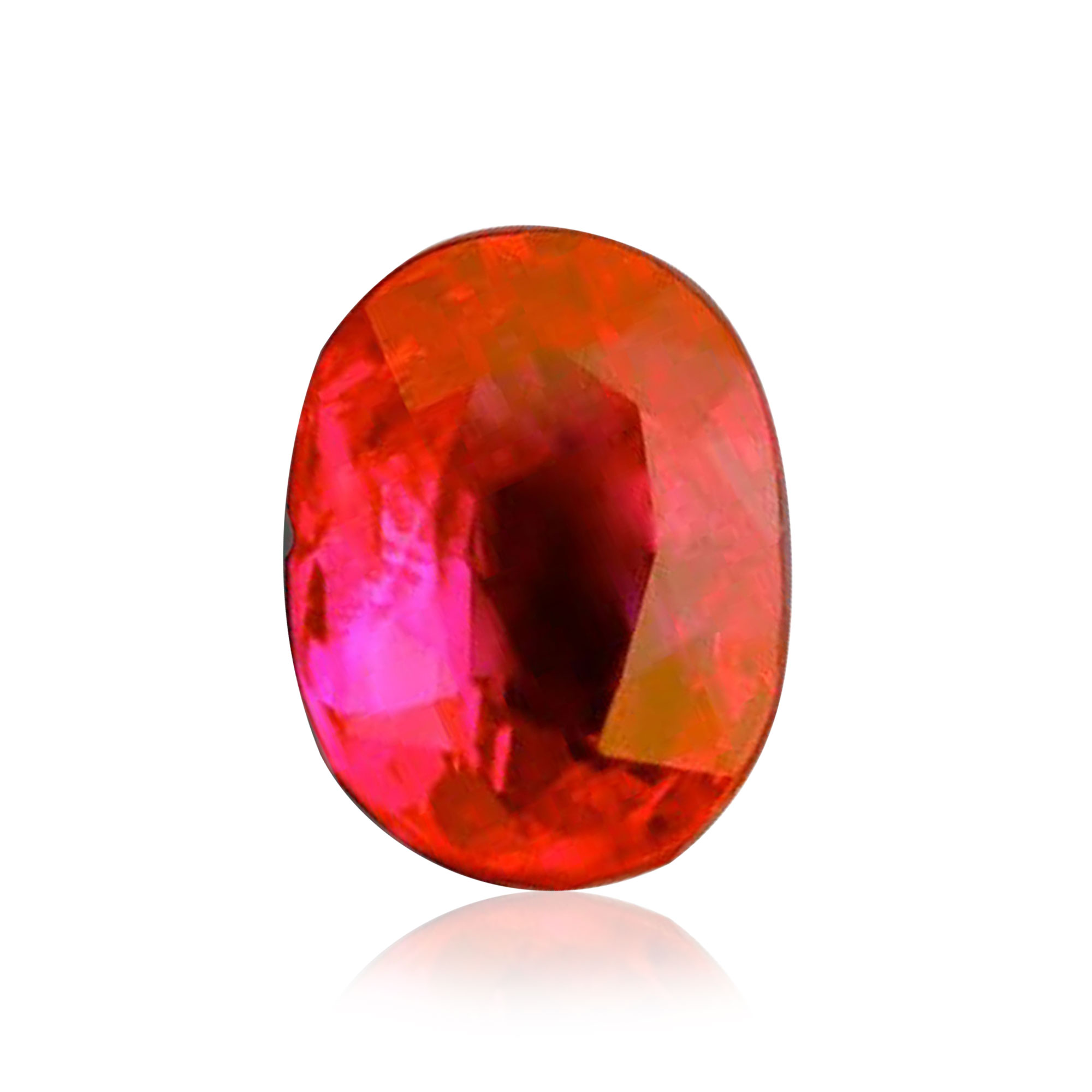
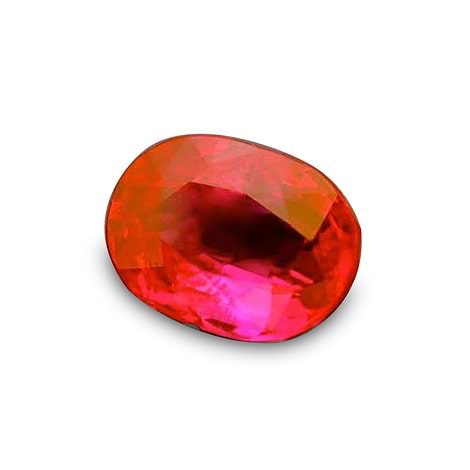
An exceptional 4.12 carat Pinkish Red brilliant step cut oval shape, natural unheated Burma-Myanmar-Ruby with a great color face up
Enhanced Rubies
Since high-quality rubies, especially those with deep color like Pigeon Blood Rubies, are hard to come by, some rubies are treated or enhanced in order to improve their appearance, be it their color, inclusions, or fractures. Heat treatments are the most common treatments used to improve color and eliminate purple tinge, silk, and blue patches.
Glass filling is another form of enhancement that has been seen more over the years. This treatment fills fractures within the ruby, which results in increased transparency of the stone. However, all of these treatments must be clearly stated when sending a stone in for a gemstone grading report and must be noted on the report as well. Attempting to sell an enhanced ruby as if no treatments were done is highly frowned upon and downright wrong!
Natural Vs. Synthetic Rubies
The answer to the question, “ Natural or synthetic?” is an obvious one. However, discerning between natural and synthetic ruby is far less obvious. The first synthetic ruby ever to be produced was created in 1837. Since then, the industry of synthetic rubies has evolved, and though the product has improved, there still is and always will be a difference between genuine rubies and their synthetic impostors. This difference is for the most part only detectable through a microscope. Professionals will detect a different structure. Furthermore, while natural rubies often contain flaws, synthetic stones are almost always perfect save for some bubbles that can appear from time to time.
Pigeon Blood Rubies are among the finest rubies on the planet. Many of these stones can be found in Myanmar (formerly Burma), which is already known for producing the top rubies. Even though this color is considered the most prestigious hue, it really boils down to a matter of taste. Some people prefer a more subtle shade of red and are not blown away by Pigeon Blood Rubies. In any case, if this is indeed what you are after, make certain the stone has all the necessary certifications and that you have shopped around a bit before deciding on a certain ruby.
FAQ
What makes Pigeon Blood Rubies so highly prized and valuable?
Can synthetic Pigeon Blood Ruby be made?
How are Pigeon Blood Rubies different from other red rubies?
Are Pigeon Blood Rubies commonly used in jewelry?
Loving the amazing red colors of the ruby? Have a look at our collection of ruby jewelry.
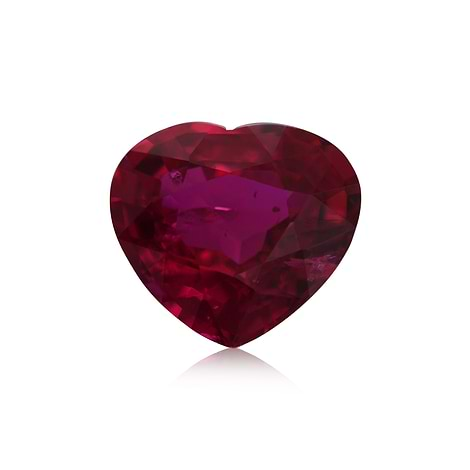

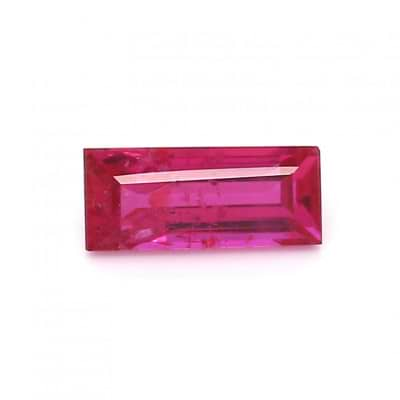
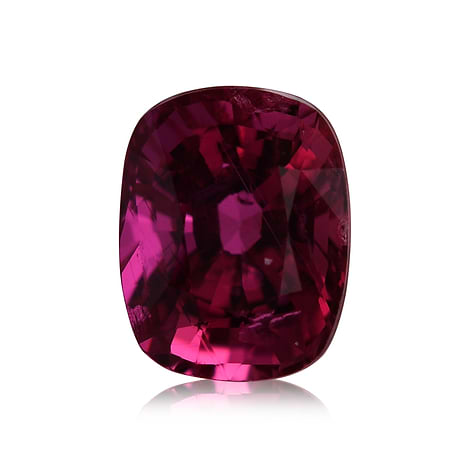
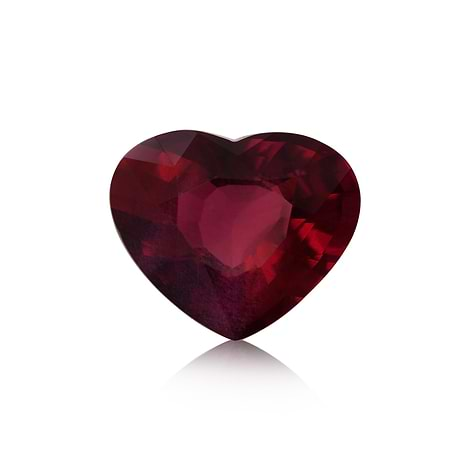
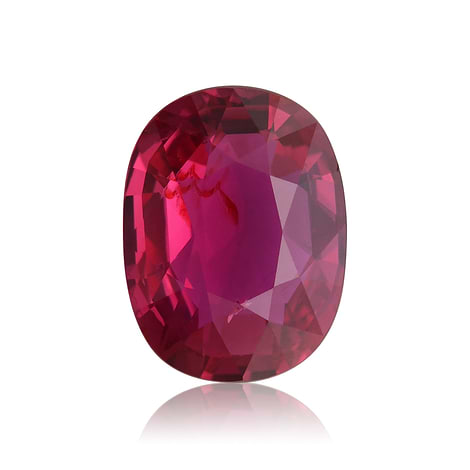
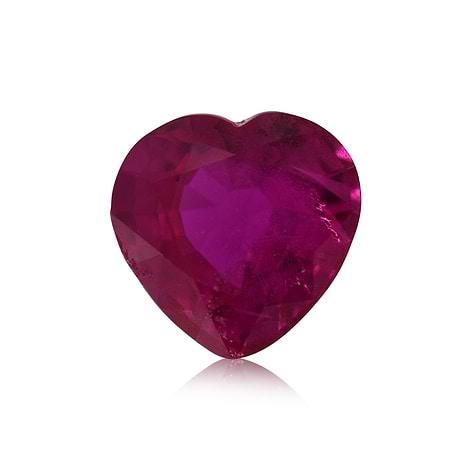

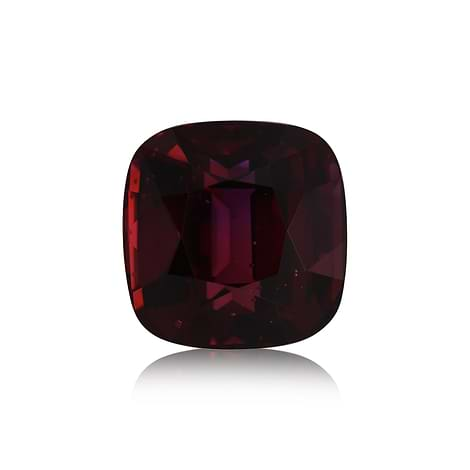
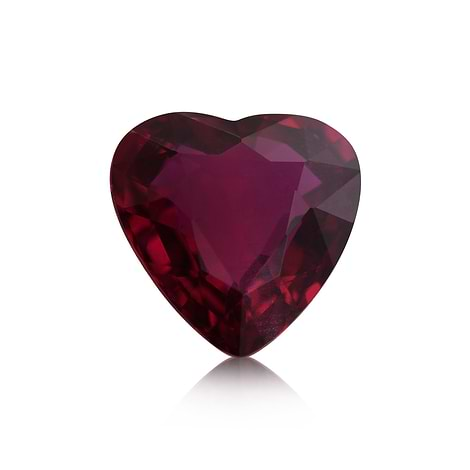
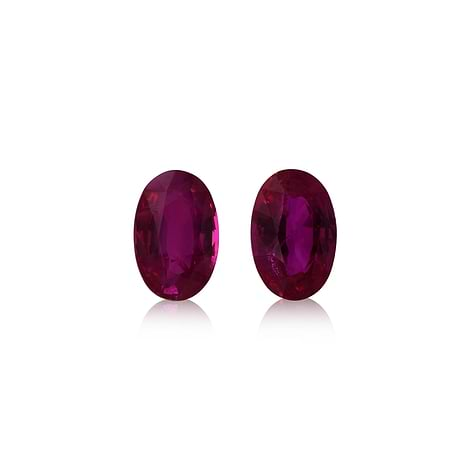

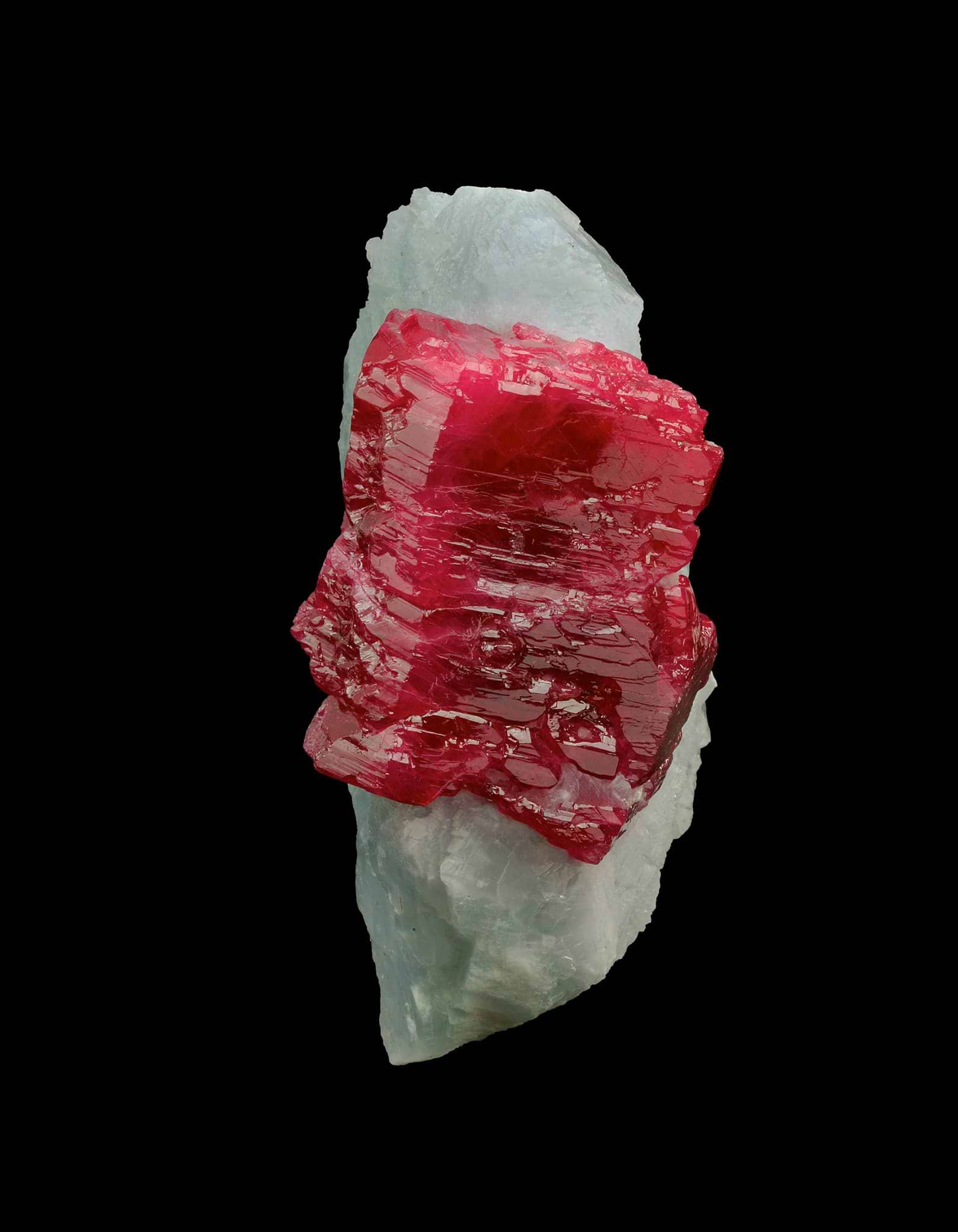
.png)
